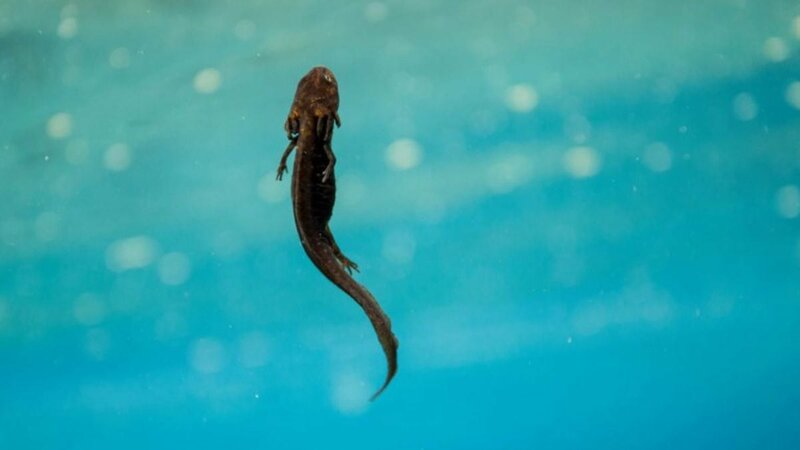The Center for Biological Diversity has submitted a legal petition for protection under the Endangered Species Act to the U.S. Fish and Wildlife Service.
On Thursday, the environmental nonprofit Center for Biological Diversity submitted a legal petition for protection of the Crater Lake newt under the Endangered Species Act to the U.S. Fish and Wildlife Service.
The Crater Lake newt only exists in the rich, blue waters of the Oregon national park. Its population has been declining in recent years, mostly due to growing numbers of signal crayfish. The crayfish are predators of the newt that were introduced to the lake in 1915 as a food source for fish, which were added in the late 1800s to attract visitors.
Chelsea Stewart-Fusek, an endangered species attorney at the Center for Biological Diversity, said the crayfish have a number of negative impacts on the newt.
“The crayfish will eat just about anything. So they’ll eat the invertebrates, which newts would ordinarily consume, as well as the newts themselves. They’re both predating on the newt and also competing for resources, for food and for cover as well,” she said.
The Crater Lake newt, also known as the Mazama newt, is a subspecies of the rough-skinned newt and has no predator defense mechanisms. As the temperature of the lake has warmed due to climate change, the number of crayfish has exploded, threatening the newt’s existence.
Crater Lake’s surface temperature during the summer has increased by 3.2 degrees Celsius since records were first collected in 1965, according to the Center for Biological Diversity.



 Environment
Environment Wildlife
Wildlife


